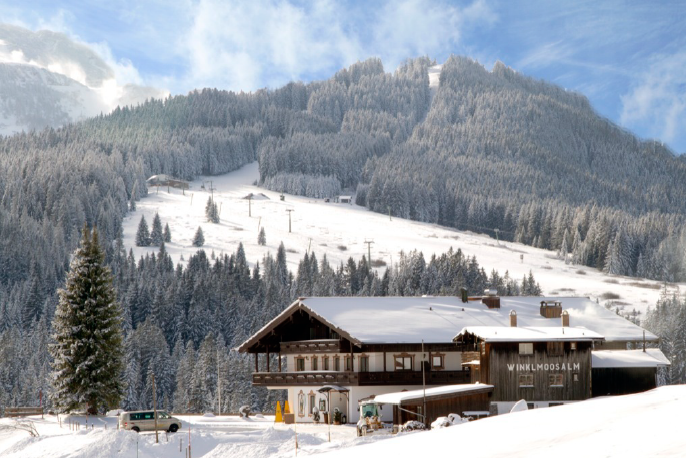Speaker
Description
Topological insulators (TIs) host metallic topological surface states with helical spin structure. This makes them promising materials for the generation of spin-polarized currents. The TI Bi$_2$Se$_3$ is intrinsically n-doped and thus the topological surface states at the Γ point with a Dirac cone (DC) dispersion is occupied. Two-photon photoemission experiments have shown that Bi$_2$Se$_3$ exhibits a second unoccupied DC in the band gap between the second and third conduction band [1].
It has been disputed, whether photocurrents, induced in Bi$_2$Se$_3$ with circularly polarized light stem from the occupied DC [2]. We studied the momentum distribution of electrons excited with circularly polarized light from the first into the second DC of Bi$_2$Se$_3$ with two-photon photoemission and one-step photoemission calculations. To map the momentum distribution, we use an angle-resolved time-of-flight spectrometer (Themis, SPECS), which detects all photoelectrons emitted in a cone of 30° opening angle. We find dichroic photoemission for circularly polarized pump pulses, both at resonant and off-resonant excitation. While a two-dimensional (E, k$_y$)-cut perpendicular to the plane of incidence would support the commonly assumed coupling of the photon angular momentum to the electron spin [3,4] , it is inconsistent with the observed azimuthal (k$_x$, k$_y$) – patterns, which reflect the threefold crystal symmetry. Only for excitation out of the occupied bulk conduction band, we observe an asymmetric electron population, which would be a prerequisite for a photocurrent [5]. Thus our results question the topological origin of photocurrents in Bi$_2$Se$_3$ at near-IR excitation energies [3,4].
[1] D. Niesner, T. Fauster, S. V. Eremeev, T. V. Menshchikova, Y. M. Koroteev, A. P. Protogenov, E. V. Chulkov, O. E. Tereshchenko, K. A. Kokh, O. Alekperov, A. Nadjafov, and N. Mamedov, Phys. Rev. B 86, 205403 (2012).
[2] L. Braun, G. Mussler, A. Hruban, M. Konczykowski, M. Wolf, T. Schumann, M. Münzenberg, L. Perfetti, and T. Kampfrath, Nat. Commun. 7, 13259 (2016).
[3] J. McIver, D. Hsieh, H. Steinberg, P. Jarillo-Herrero, and N. Gedik, Nat. Nanotechnol. 7, 96 (2012).
[4] C. Kastl, C. Karnetzky, H. Karl, and A. W. Holleitner, Nat. Commun. 6, 6617 (2015).
[5] K. Kuroda, J. Reimann, J. Güdde, and U. Höfer, Phys. Rev. Lett. 116, 076801 (2016); K. Kuroda, J. Reimann, K. A. Kokh, O. E. Tereshchenko, A. Kimura, J. Güdde, and U. Höfer, Phys. Rev. B 95, 081103 (2017).

